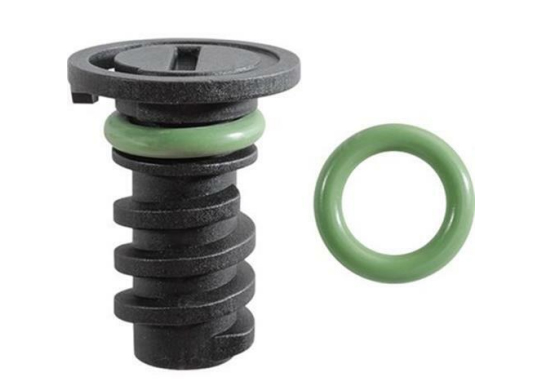Understanding the Importance and Functionality of Compressor Shafts in Machinery
Understanding the Importance of the Compressor Shaft in Mechanical Systems
The compressor shaft is a critical component in a wide range of mechanical systems, especially in the fields of refrigeration, air conditioning, and industrial machinery. It plays a pivotal role in the operation and efficiency of compressors, which are essential for moving gas or air and maintaining optimum performance within various applications. In this article, we will explore the function, design, and significance of the compressor shaft, along with its impact on overall system performance.
Function of the Compressor Shaft
At its core, the compressor shaft serves as the central axis around which the compressor rotary components revolve. It connects the motor, which provides the necessary driving force, to the compressor's impellers or rotors. When the motor operates, it spins the shaft, causing the compressor elements to rotate and compress the air or gas. This process not only increases the density of the gases but also enhances the system's ability to transfer heat efficiently, which is vital in air conditioning and refrigeration applications.
The design of the compressor shaft is engineered to withstand significant mechanical stresses, as it must handle various forces during operation. These include torsional, bending, and axial loads, which can arise from the dynamic forces of rotating components. Additionally, the compressor shaft must maintain its alignment and balance to avoid vibrations that could lead to premature wear or failure of the compressor.
Design Considerations
The design of a compressor shaft typically involves selecting appropriate materials and dimensions to ensure strength and durability. Common materials used for shafts include high-strength steels and alloys that provide excellent fatigue resistance and tensile strength. The diameter and length of the shaft must also be carefully calculated based on the size and type of compressor, as well as the expected operating conditions.
Balancing is another crucial aspect of compressor shaft design. An unbalanced shaft can cause excessive vibrations, leading to noise and potential mechanical failure. To prevent such issues, engineers often use dynamic balancing techniques during the manufacturing process to ensure that the shaft spins smoothly and efficiently.
compressor shaft

Maintenance and Challenges
Despite its robust design, the compressor shaft can encounter various challenges in operation. Common issues include wear and tear from friction between the spinning shaft and bearings, as well as deformation due to excessive loads. Regular maintenance, including lubrication and inspection of bearings and seals, is essential to prolong the lifespan of the compressor shaft.
In some cases, the conditions under which compressors operate can impose extreme demands on the shaft. High-temperature environments, corrosive gases, and heavy loads can accelerate degradation and necessitate design modifications or the use of advanced materials.
The Impact on System Performance
The performance of a compressor system is directly linked to the integrity and functionality of the compressor shaft. A well-designed and maintained shaft can improve the efficiency of the compressor, leading to lower energy consumption and enhanced operational stability. Conversely, issues with the shaft can result in inefficiencies, increased operational costs, and even catastrophic failures.
In modern engineering, there is an ongoing trend towards employing advanced monitoring technologies to assess the condition of the compressor shaft continuously. Techniques such as vibration analysis and thermographic inspections allow for real-time diagnostics, enabling operators to detect issues before they escalate. This proactive approach to maintenance helps to minimize downtime and optimize the performance of compressor systems.
Conclusion
In conclusion, the compressor shaft is an integral part of many mechanical systems, particularly in air conditioning and refrigeration applications. Its role in connecting the motor to the compressor’s moving parts is vital for efficient operation, and its design must account for the various stresses it faces. Regular maintenance and monitoring are crucial to ensuring its longevity and reliable performance. As technology advances, the development of more resilient materials and sophisticated monitoring systems will continue to enhance the effectiveness of compressor shafts, ultimately contributing to more efficient and environmentally friendly mechanical systems.
-
Understanding the Importance of the Crankshaft Oil Seal in Engine Performance
News Jun.16,2025
-
The Unsung Heroes of Engine Protection: Understanding Automotive Shaft Seals and Oil Seals
News Jun.16,2025
-
Keeping the Engine Tight: The Role of Crankshaft Seals and Gaskets in Oil Control
News Jun.16,2025
-
Complete Protection in Harsh Conditions: A Deep Dive into Cassette Seals
News Jun.16,2025
-
Choosing the Right Oil Seal: A Guide to Trusted Brands and Suppliers
News Jun.16,2025
-
Advanced Sealing Technologies: Exploring the Range of Modern Oil Seals
News Jun.16,2025
-
Your Essential Guide to Car Repair Kits: From Rust to Dings
News Jun.13,2025
Products categories















